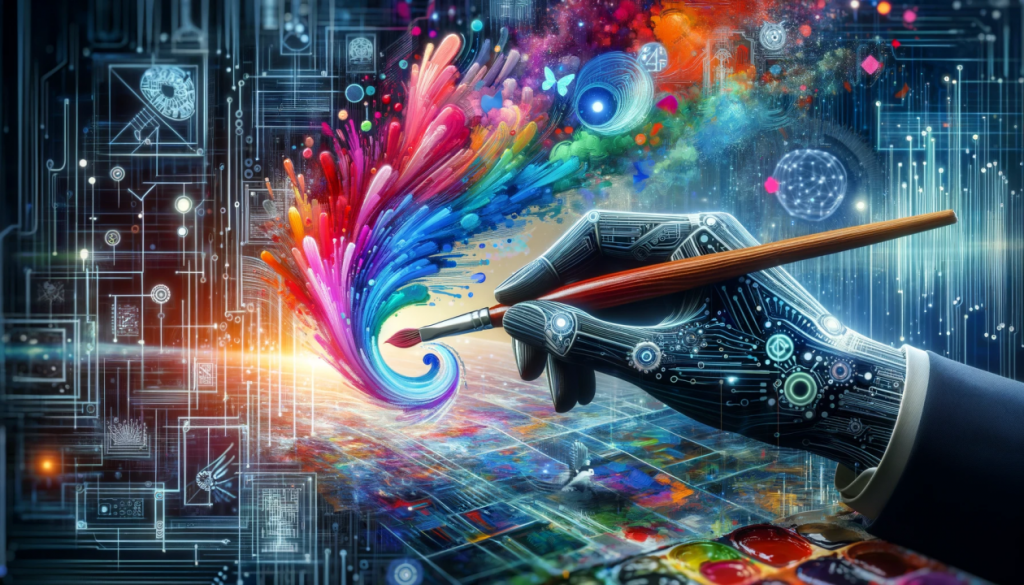In today’s rapidly evolving technological landscape, artificial intelligence (AI) has transcended the realm of science fiction to become a cornerstone of creative industries. This transformative technology is not only automating mundane tasks, but also unlocking new realms of artistic possibilities. AI is revolutionizing the way digital masterpieces are crafted, blending the precision of algorithms with the boundless creativity of human imagination. This article delves into how AI is reshaping the creative process, producing works of art that are as intriguing as they are innovative.
Redefining Artistic Boundaries with AI
Artificial intelligence is redefining the boundaries of art by offering tools that enhance and augment the creative process. AI algorithms can analyze existing artworks to understand styles, techniques, and motifs, enabling artists to experiment with new forms and concepts. This capability is particularly evident in digital art, where AI-powered software can generate intricate designs and patterns that would be nearly impossible to create manually. For instance, generative adversarial networks (GANs) are being used to produce stunning visual artworks that merge abstract and realistic elements seamlessly.
Moreover, AI is democratizing art creation by making sophisticated tools accessible to a broader audience. Platforms such as https://makepix.ai/ offer intuitive interfaces that allow users to create high-quality digital art with minimal technical knowledge. These platforms leverage AI to simplify complex tasks, enabling even novice artists to produce professional-grade work. By breaking down technical barriers, AI is empowering more people to express their creativity and contribute to the ever-expanding digital art landscape.
Enhancing Collaboration Between Human and Machine
One of the most exciting aspects of AI in the creative process is the potential for collaboration between human artists and machines. AI can serve as a creative partner, offering suggestions and generating ideas that artists can refine and build upon. This symbiotic relationship enhances the creative process, allowing artists to explore new directions and overcome creative blocks. For example, AI can analyze an artist’s previous works to suggest complementary color schemes, innovative compositions, or novel themes, sparking inspiration and driving artistic innovation.

Furthermore, AI-driven tools are being integrated into various creative software, from digital painting programs to music composition platforms. These tools can assist artists in real-time, providing feedback and suggestions that enhance the quality and originality of their work. The collaborative nature of these tools fosters a dynamic interplay between human intuition and machine precision, resulting in unique and compelling digital masterpieces.
Conclusion
Artificial intelligence is not just a tool for automation; it is a powerful catalyst for creativity and innovation. By redefining artistic boundaries and enhancing collaboration between humans and machines, AI is transforming the way digital masterpieces are crafted. As AI technology continues to evolve, it will undoubtedly open up new frontiers in the creative arts, offering endless possibilities for artists and creators.
